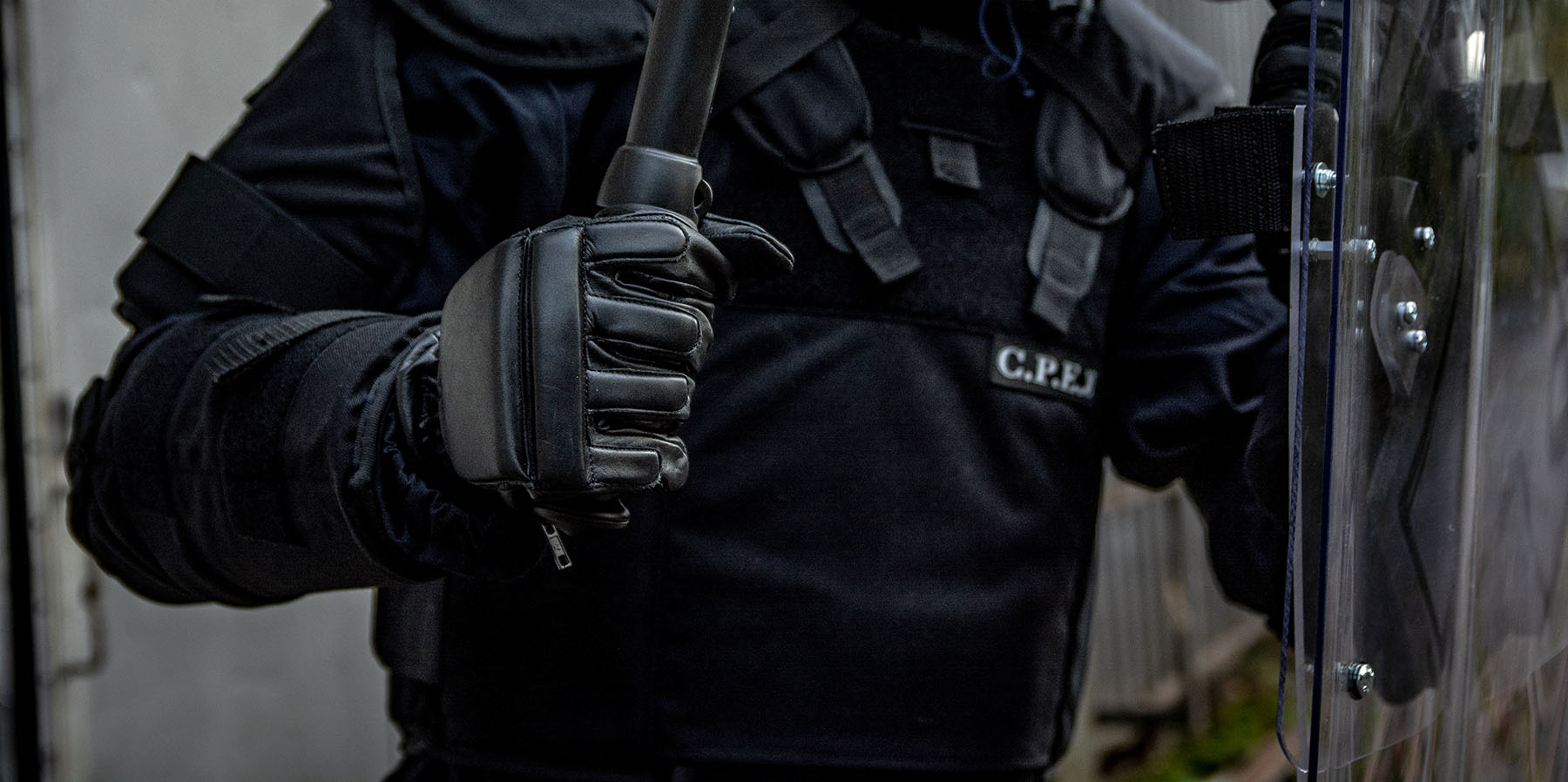
Concerns surrounding supply chain problems for police uniforms and equipment is a common question the HeroQuip team are asked about on a regular basis. Police forces across the UK have felt the impact of supply chain issues and this has had a detrimental effect on the uniform and equipment that their specialist teams require.
What has caused problems in the supply chain?
Various factors have caused the material shortage for police uniforms and equipment. Initially the pandemic was affecting global supply chains and the logistics surrounding the movement of supplies across the world. This was due to large PPE and medical shipments that overwhelmed the supply of air and sea freight capacity resulting in delays and price increases. Alongside this, lockdown measures were enforced in many countries. This meant many factories closed or had limited working capabilities so the global supply of almost all products was restricted.
With many retailers forced to close or to change their business model, the demand for online shopping surged, adding further strain to an already restricted supply chain. As lockdown restrictions eased, the war in Ukraine then added even more pressure to this situation. Specialist fabrics and materials that are used for manufacturing public order equipment are now being prioritized for use by the Ukrainian military.
How do we overcome this?
Supply chains have been working hard to recover from these events and PPE imports and exports are back to pre-pandemic levels. Reports have stated that the manufacturing industry is still struggling with demand still exceeding production speed and in turn, the supply of products. The question is why are some products still difficult to purchase? One school of thought is that there is a reluctance to invest in stock, due to financial pressure from inflation.
This has impacted many end users, especially Police forces and many other key organisations. Products that they regularly use are either out of stock or only available on long lead times which is not a viable option for technical clothing and protective equipment.
At HeroQuip, we have doubled the amount items that we hold in stock over the last 12 months. Supply chains have recovered from the events of the past 3 years and long lead times are no longer an acceptable excuse for both distributors and customers.
Are you having issues sourcing uniforms and equipment, and in particular, body armour, for your organisation? Get in touch with your uniform supplier or ourselves at HeroQuip. We can provide you and your team with alternative products that are fully compliant with the relevant safety standards.
Is the war in Ukraine continuing to affect the supply of body armour?
Product innovation in body armour and public order equipment is developing at a rapid rate. Body armour is made from Aramid and Ultra-high Molecular Weight Polyethylene, also known as UHMWPE or simply PE.
Traditionally, many aspects of public order equipment were made from 100% Aramid but in recent years high density polyethylene has established itself a reputable competitor. Aramid is more commonly known as Kevlar®, Twaron®, Taparan® and Technora®. Aramid fibres have high tensile strength at low stretching, resulting in excellent ballistic protection against a wide range of bullet types.
PE is manufactured under two brand names; Dyneema® and Spectra and has the highest tensile strength-to-mass ratio of any fibre available. It’s becoming a more popular choice for public order equipment due to its lightweight nature and is more readily available than Aramid.
It is also important to note that tight Ukraine budgets mean that PE body armour isn’t affected by the demand and is available on a relatively short lead times of just a few weeks.
What is the difference between Aramid and PE?
Both Aramid and PE are excellent materials that are used in the manufacturing of body armour but they have several notable differences. Aramid is heavier but performs better when tested for ballistic performance for back face deformation.
PE is 15 times stronger than steel and more expensive than Aramid but it is also lighter and more flexible. It’s important to be aware that high impact situations can result in more bruising or soft tissue damage to the wearer.
How long will it take for the demand for materials to stabilise?
This is akin to asking how long is a piece of string? Product innovations and developments are continually occurring so instead of looking how you purchased items in the past, consider exploring new procurement options such as alternative suppliers and buying through Frameworks. HeroQuip (sometimes listed under the Clad Safety brand) is on several Frameworks including BlueLight Commercial, Crown Commercial Services, KCS, NHS Supply Chain, National Ambulance Uniforms and General Workwear Framework and YPO.
We have used public order equipment as an example in this article but if you are struggling to source any items for the Police, Ambulance and Prison Services or are being faced with long lead times, please get in contact with the HeroQuip team. Our technical specialists can advise you products, brands and most importantly, safety standards, ensuring you and your team are equipped with the best performing technical uniforms and protective equipment.
HeroQuip is an approved uniform and equipment supplier to the Ambulance Service, Police, Fire and Rescue, Ministry of Defence and HM Prison Service. We are listed on a number of Public Sector Frameworks including BlueLight Commercial, Crown Commercial Service (CCS), KCS, NHS Supply Chain, National Ambulance Uniforms and General Workwear Framework and YPO.
If you wish to speak to the HeroQuip team, please get in touch either on 01423 803999 or email us at [email protected]
